
# Guidelines for Skating
Did you know that there are specific guidelines that can help you improve your skating skills and stay safe on the ice? Whether you’re a beginner or an experienced skater, following these guidelines can make a significant difference in your performance.
From wearing the right equipment to learning basic techniques and practicing regularly, there’s a lot to explore.
So, let’s dive into the world of skating and discover the essential guidelines that will take your skills to new heights.
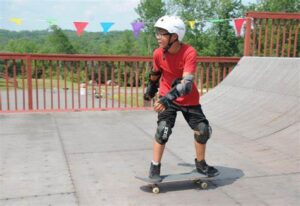
# Proper Skating Equipment
Make sure you have the right gear before hitting the ice: proper skating equipment is essential for a safe and enjoyable skating experience.
The first and most important piece of equipment you’ll need is a pair of well-fitting ice skates. Look for skates that provide good ankle support and are comfortable to wear. Make sure the blades are sharp and in good condition to ensure proper traction on the ice.
Next, you’ll need to protect your head with a certified helmet. Even if you’re a skilled skater, accidents can happen, so it’s crucial to prioritize safety. Choose a helmet that fits snugly and has adjustable straps to keep it secure during your skate.
To protect your hands, wear a pair of gloves or mittens. They’ll not only keep your hands warm but also provide some cushioning in case of falls. Thick, insulated socks are also essential to keep your feet warm and prevent blisters.
Lastly, consider wearing knee and elbow pads for added protection. These pads can help absorb any impact and minimize the risk of injury while you’re on the ice.

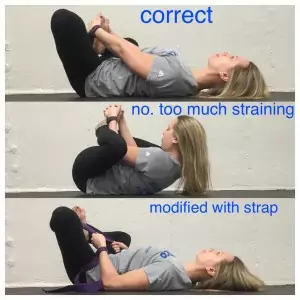
# Warm-Up and Stretching
Before you step onto the ice, it’s important to warm up your muscles and stretch to prevent injuries and improve your performance.
Skating requires the use of various muscle groups, including the legs, core, and arms, so it’s crucial to prepare them properly.
Begin your warm-up with some light cardio exercises, such as jogging or jumping jacks, to increase your heart rate and blood flow. This will help loosen up your muscles and prepare them for the activity ahead.
After completing your cardio warm-up, it’s time to move on to stretching. Focus on stretching the major muscle groups used in skating, such as the quadriceps, hamstrings, and calves.
Hold each stretch for about 20-30 seconds, making sure not to bounce or push too hard. Remember to breathe deeply and relax into each stretch.
Stretching will help improve your flexibility, which is important for executing skating moves with precision and reducing the risk of muscle strains or pulls.
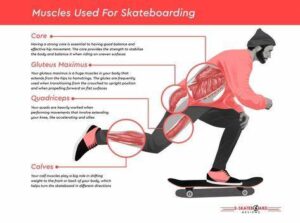
# Basic Skating Techniques
Are you ready to learn the fundamental skating techniques? Skating is an exhilarating sport that requires a solid foundation of basic skills. Whether you’re a beginner or looking to improve your technique, mastering these fundamental skating techniques is essential.
First, let’s focus on the basic stride. This involves pushing off with one foot while gliding on the other, alternating between legs. Keep your knees slightly bent and your weight centered over your skates. Remember to use your arms for balance and to propel yourself forward.
Next, let’s talk about turning. To make a basic turn, shift your weight to one foot and gently lean in the direction you want to turn. Use your edges to grip the ice and guide your movement. Practice turning in both directions to maintain balance and control.
Another important technique is stopping. The most common method is the snowplow stop. To execute this, angle your skates in a V-shape, with the front of your skates pointing inward. Push your heels outwards, creating friction with the ice and gradually coming to a stop.
Lastly, let’s discuss crossovers. Crossovers are used to maintain speed and make sharp turns. Start by crossing one foot over the other, pushing off with the back foot and transferring your weight to the front foot. Repeat this motion to gain momentum and navigate turns smoothly.

# Safety Tips on the Ice
Ensure your safety on the ice by following these essential tips.
First and foremost, always wear appropriate protective gear, including a helmet, knee and elbow pads, and wrist guards. This will help prevent injuries in case of falls or collisions.
Secondly, before stepping onto the ice, make sure it’s thick enough to support your weight. A minimum thickness of four inches is generally recommended for safe skating.
Additionally, pay attention to the ice conditions. Avoid skating on cracked, slushy, or thin ice, as it can be extremely dangerous.
Moreover, it’s crucial to skate in designated areas that have been checked and approved for safety. These areas are typically marked by signs or barriers.
Another important tip is to always skate with a buddy. Having someone with you increases safety and provides assistance in case of emergencies.
Lastly, practice proper skating techniques to minimize the risk of falls. Bend your knees, keep your weight balanced, and avoid leaning too far forward or backward.
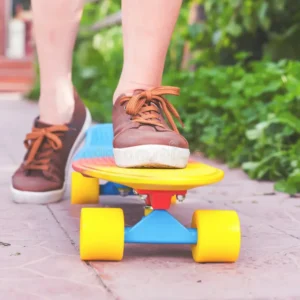
# Progression and Practice
To improve your skating skills, it’s important to focus on progression and practice. Skating is a skill that requires consistent effort and dedication. As you work on your skating abilities, it’s essential to set goals and track your progress.
Start with the basics, such as learning how to balance and glide on the ice. Once you have mastered these fundamental skills, you can move on to more advanced techniques like turns, jumps, and spins.
Regular practice is crucial for improving your skating. Try to allocate specific time slots for practice and stick to them. During your practice sessions, focus on specific areas that need improvement. For example, if you struggle with maintaining speed, dedicate some time to increasing your speed and agility on the ice. Remember to take breaks during your practice sessions to avoid fatigue and prevent injuries.
Additionally, it’s beneficial to seek guidance from a qualified coach or instructor. They can provide valuable feedback and help identify areas for improvement. A coach can also provide structured training programs tailored to your skill level and goals.
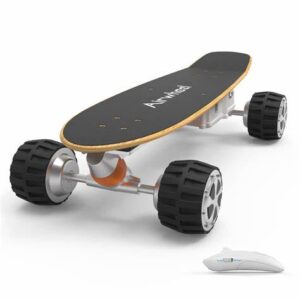
# Conclusion
In conclusion, following these guidelines for skating will help you have a safe and enjoyable experience on the ice.
Make sure to wear proper skating equipment, warm up and stretch before getting on the ice, and practice basic skating techniques.
Always prioritize safety by following the provided safety tips and remember that progression and practice are key to improving your skills.
So get out there, have fun, and keep skating!
